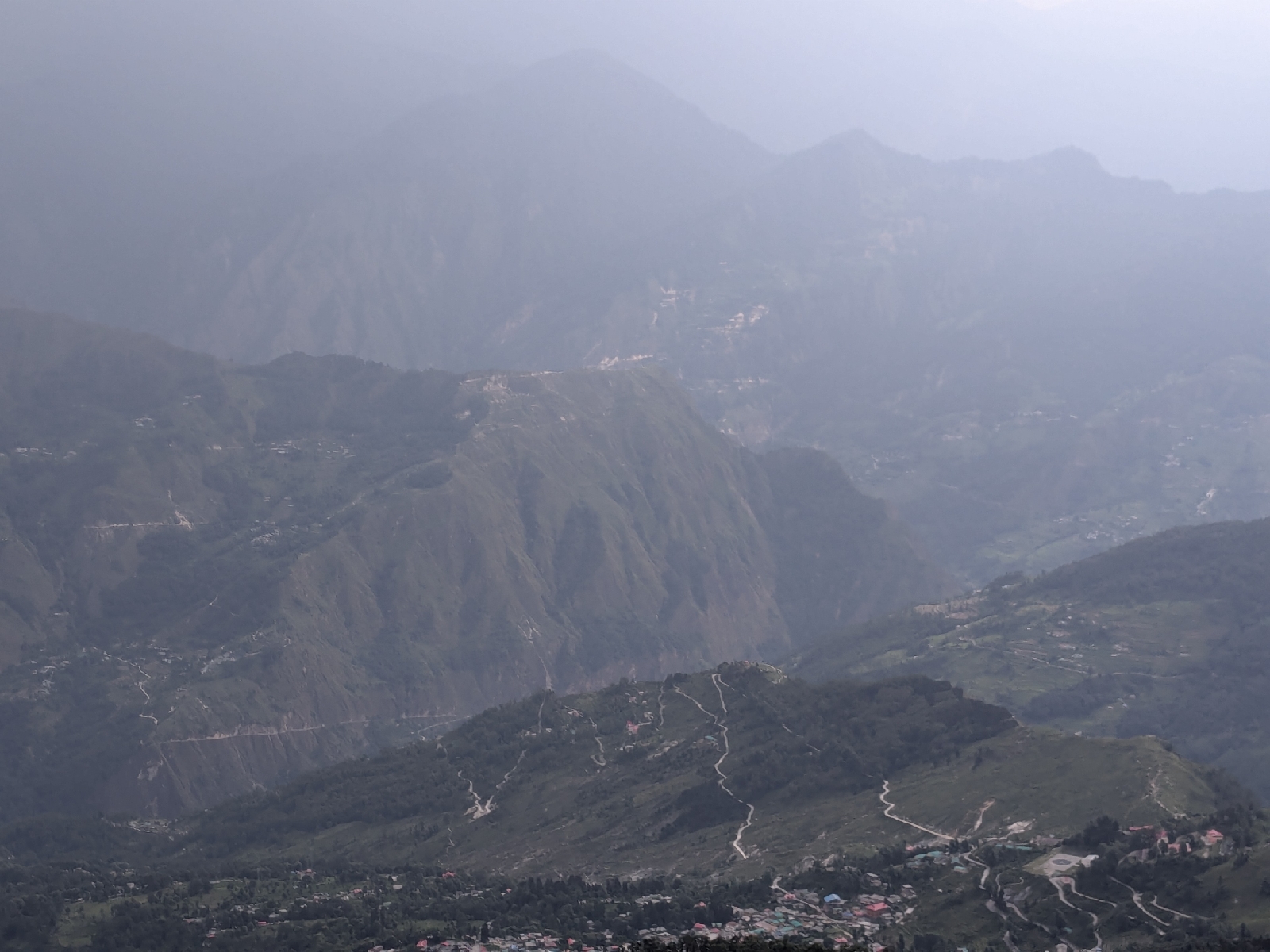Road to Munsiyari: Adventure, Serenity, and Endless Views
Munsiyari Chronicles: A 5-Day Himalayan Road Trip into the Wild
Total Distance Covered: 1335 km | Days: 5 | Destination: Munsiyari, Uttarakhand
Some journeys are not just trips—they’re a test of endurance, a celebration of nature, and a reminder of how small we are against the grandeur of the mountains. Our five-day road trip to Munsiyari was exactly that. Tucked away in the Kumaon region of Uttarakhand, Munsiyari is often dubbed the gateway to the Himalayan inner ranges—and it truly lives up to its reputation.
Day 1: Delhi to Lohaghat – A Spiritual Start (486 km)
We left Delhi early, buzzing with anticipation. After hours on the road, we crossed into Mahendranagar, Nepal, to visit the Siddhnath Temple—a peaceful, lesser-known shrine that gave our trip a soulful beginning.
By evening, we reached Lohaghat, where we relaxed by the beautiful Lohaghat Lake. Surrounded by dense forests and soft hill silhouettes, the lake offered boating till 6 PM—perfect for unwinding after the long drive.
Day 2: Lohaghat to Munsiyari – The Road Less Traveled (190 km)
This was the day we entered true Himalayan territory.
We set off toward Munsiyari, passing through the dramatic Birthi Waterfall on the way. The final stretch from Pithoragarh to Munsiyari was a narrow, single-lane hill drive. Every curve brought us closer to untouched beauty, but it wasn’t an easy ride. The 9-hour journey (with about 2.5 hours of breaks) demanded attention and patience. But with each kilometer, the views grew more majestic.
Day 3: The Khaliya Pass & Zero Point Trek – Stairway to Heaven
This was the day we had all been looking forward to: the Khaliya Pass and Zero Point trek. Starting from Khaliya Dwar (7,200 feet), the 6 km uphill climb (each way) tested our endurance, with a steep incline and thinning oxygen levels. It took us around 4–5 hours to reach the summit.
En route, we stopped at our overnight base camp, located 3 km into the trek—remote, peaceful, and surrounded by nothing but wilderness. Spending a night here was a surreal experience in itself.
By the time we reached Zero Point at 13,125 feet, we were rewarded with one of the most breathtaking views we’ve ever seen—the Panchachuli Peaks, standing tall like silent guardians of the north. The panoramic view from the top is hard to put into words. It made every drop of sweat, every aching step, entirely worth it.
Day 4: Climbing Down and Winding Back (180 km)
After a refreshing mountain breakfast, we started our descent from the base camp by 10 AM. Though physically easier, the climb down was filled with mixed emotions—it’s always tough to leave a place that feels like it touched your soul.
We made a short yet meaningful stop at the Nanda Devi Temple, a revered local shrine, before beginning the long journey back toward Delhi. Since I was the only one driving in our group, we decided to break the journey and spend the night in Champawat. Covering just 180 km took us 8 hours, a reminder that hill driving is not about speed, but soaking in every turn and every valley.
Day 5: Homebound – Saying Goodbye to the Mountains (465 km)
After a hearty breakfast in Champawat, we began our final stretch home. The 465 km drive back to Delhi took us about 10 hours, giving us plenty of time to reflect, share laughs, and already begin planning our next trip.
Final Thoughts
This wasn’t just a road trip. It was a journey of discovery—through stunning landscapes, hidden trails, and moments of silence that made us feel alive and present.
If you're looking for a destination that’s both adventurous and meditative, Munsiyari is the place to be. From waterfalls that roar to peaks that whisper, from spiritual halts to starlit base camps—this is a road less taken, and all the more beautiful for it.
What else to take care of
Sufficient Cash – Some locations may not have mobile network coverage, so make sure to carry enough cash.
Accommodation – A wide range of properties are available, but we booked our stay through the KMVN official website: .
Camping – Camping can be arranged on the spot with the help of local travel agents or representatives available at Khaliya Dawar.
Best Time to Visit – The ideal months to visit are from April to mid-June. You can also plan your trip during the winter, but it's best to avoid traveling during the monsoon season.
About the Author
















Comments
Post a Comment